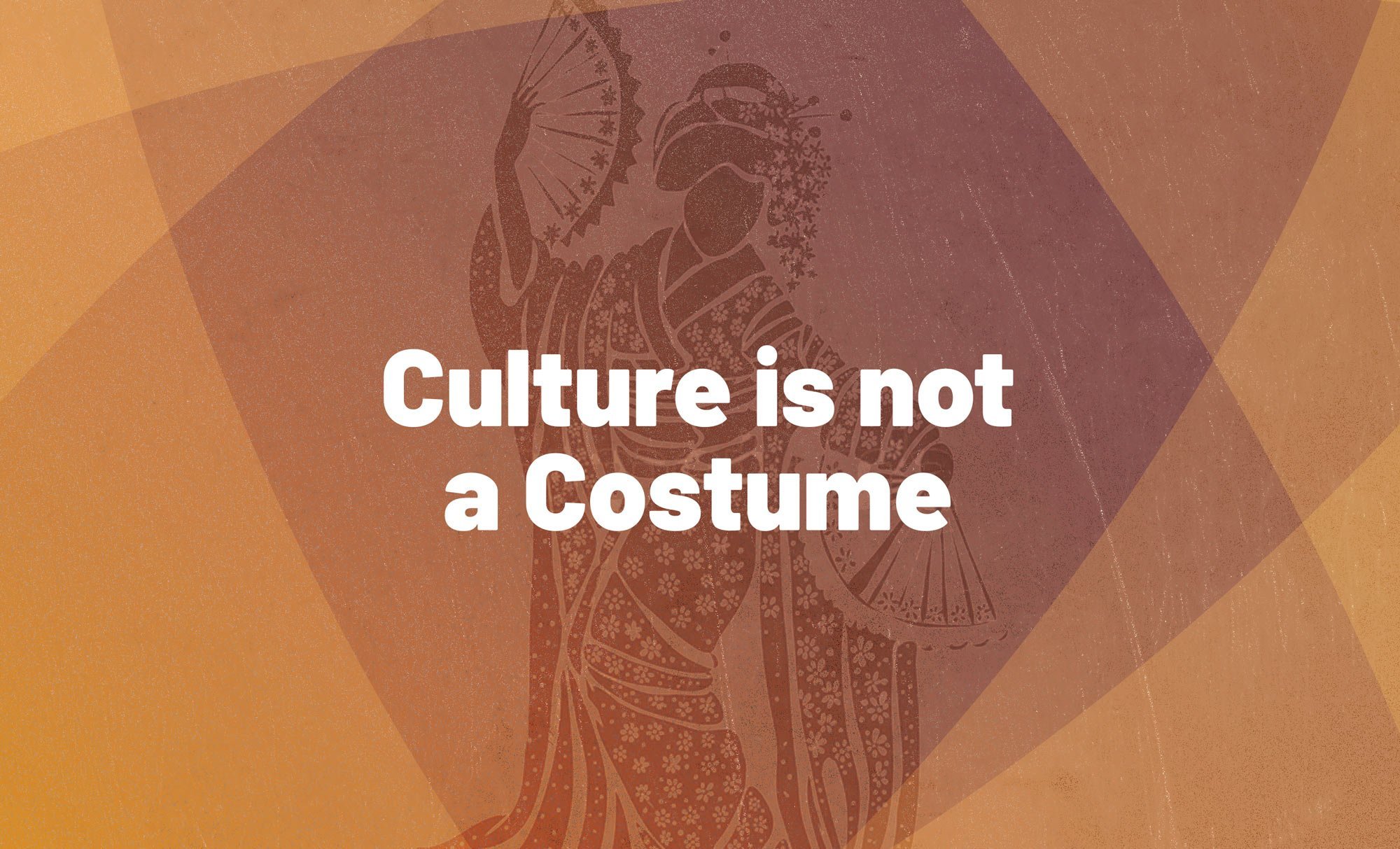Written By Anu Gupta
Educating Kids on Differences: Culture Isn't a Costume.
For parents, it's so hard to say no to your children. But there’s a way to both find a Halloween costume your child loves and to avoid causing harm to others. Here are three things you can do when the conversation comes up.

Halloween is almost upon us! Are you a Halloween fan? Personally, I look forward every year to dressing up, feeling the air get cooler, and watching the excitement of people around me as they get into the spirit, especially the children and families who live in my neighborhood.
I love this holiday because I like to go out of my comfort zone and dress up in a costume that I wouldn't wear otherwise. In years past, I’ve dressed up as MC Hammer, Led Zepplin, and even Santa Claus. Dressing up feels like a reminder to connect to our inner children and let go of the daily stresses of life. Who among us couldn’t use a little more lightheartedness and joy?
However, dressing up for Halloween can get out of hand.
I had a rude awakening to this very fact in 2005 as a college senior when a party hosted in my dorm offended and made many students fear for their safety.
These included students with disabilities, Jewish, Black, Asian, and Muslim students. Even in 2021, too many people choose to wear costumes depicting the identities of marginalized groups or people who have been responsible for their marginalization. You’ve no doubt seen these stories: college parties or other events that made headlines because of offensive themes, costumes, or decorations. College students should know better than to mistake a culture for a costume.
But what happens when a child wants to dress up in a way that’s not exactly sensitive to marginalized groups?
When dressing up in a costume, it’s crucial not to mimic or minimize the historical pains of people who are still excluded and marginalized in society, namely racial and cultural minorities. But I still get asked questions from well-meaning parents about what to do when the inquiry comes from a child. For example: “What if my kid wants to dress up as an Indian chief or a Japanese geisha?”
For parents, it's so hard to say no to your children; it’s in your nature to want to do everything in your power to make your kids happy.
But there’s a way to both find a Halloween costume your child loves and to avoid causing harm to others.
How? Here are three things you can do when the conversation comes up.
1. Tell them the truth.
And the truth is that culture is not a costume. Speak to your children directly. Tell them that dressing in traditional Native American, Japanese, Mexican, etc. clothes is not a costume; it’s what some people wear to honor who they are and where they come from, and it’s unkind to wear a costume representing an unchangeable identity a person holds. Furthermore, many of these people have historically been laughed at, harmed, and even killed because of their customs, including their dress. (Of course, the amount you share with your child should be based on their age and maturity level.) While Halloween should be a fun time, it’s more important to be kind and respectful to everyone.
2. Ask them why.
Approach your kids to understand why they want to wear a particular costume. You'll likely hear them talk about the positive traits associated with an outfit, like being beautiful or brave or strong. When they answer, ask them who else they could be who exemplifies those characteristics. Think of superheroes, fictional characters, essential workers (!), and even public figures. (A note on public figures that bears repeating: it is absolutely okay to dress up like Beyonce or Awkwafina, but it’s important to emulate their style without imitating their skin color. Once again, educate your kids about the history of blackface, yellowface, and brownface and how this practice dehumanizes people of color.)
3. Feed their curiosity.
Your child’s interest presents an opportunity for them to learn and grow, and even to be a positive influence on other kids their age. This is a perfect chance to take them to a museum, neighborhood, or cultural event that showcases the culture behind the dress they expressed interest in. Look for books, movies, and television shows you can take in together that portray different cultures in a positive, even educational light, and engage your kids in a conversation about what they saw. This way, your kids can begin to recognize the real people who participate in the cultures that they so far only associate with clothes. Understanding that different people have different customs is key to building these bridges, treating everyone with kindness, and celebrating our differences.
Have you and your child had a meaningful conversation about mindful Halloween costumes? I would love to hear about it; drop me a note on Instagram to let me know what happened. Have a safe and happy Halloween!
